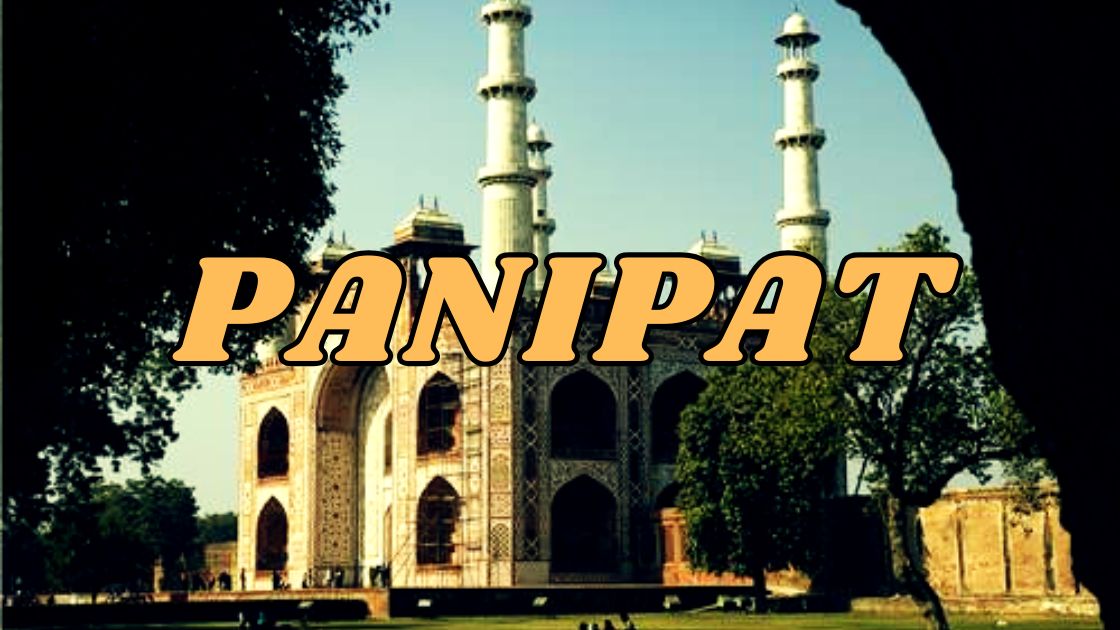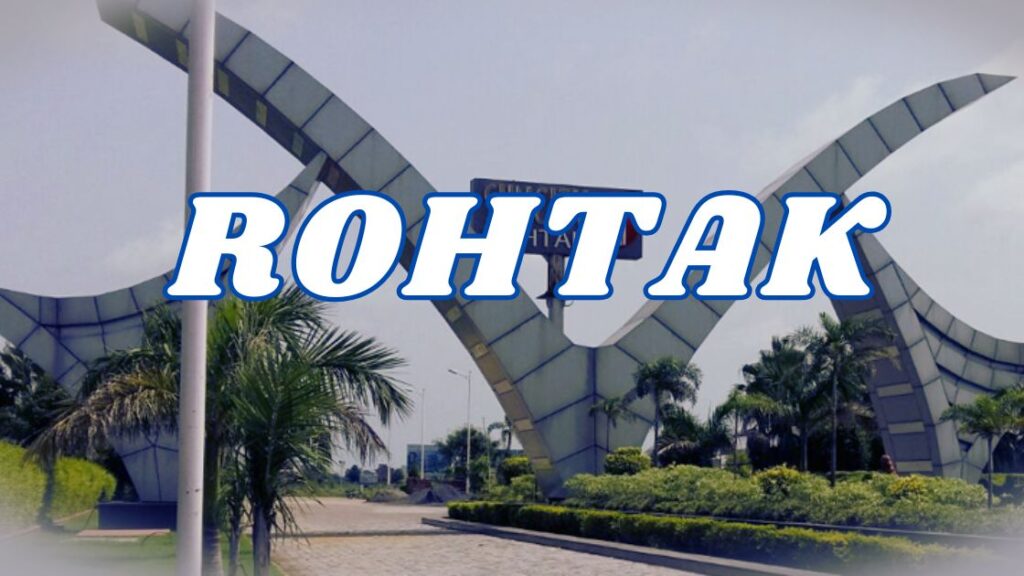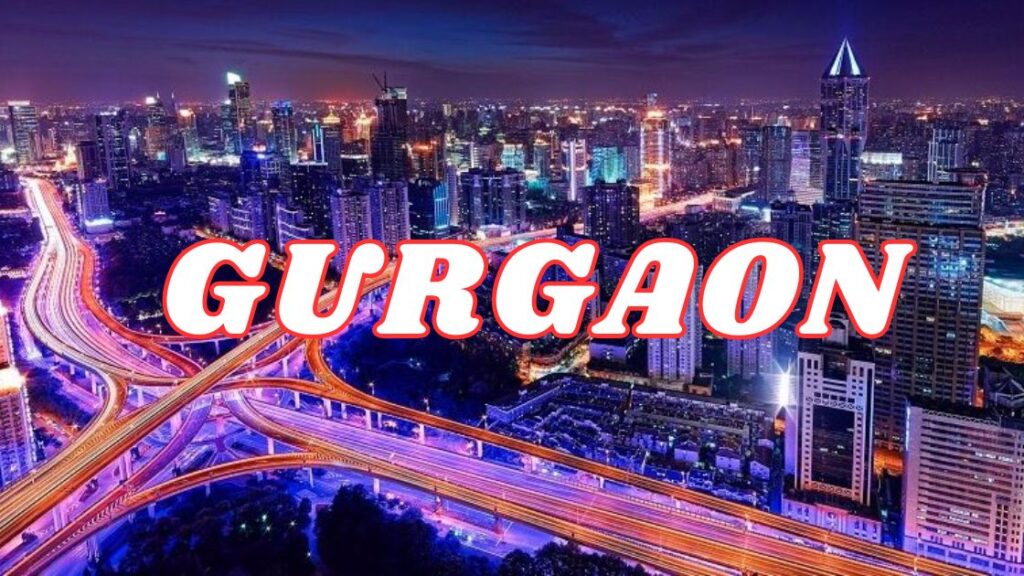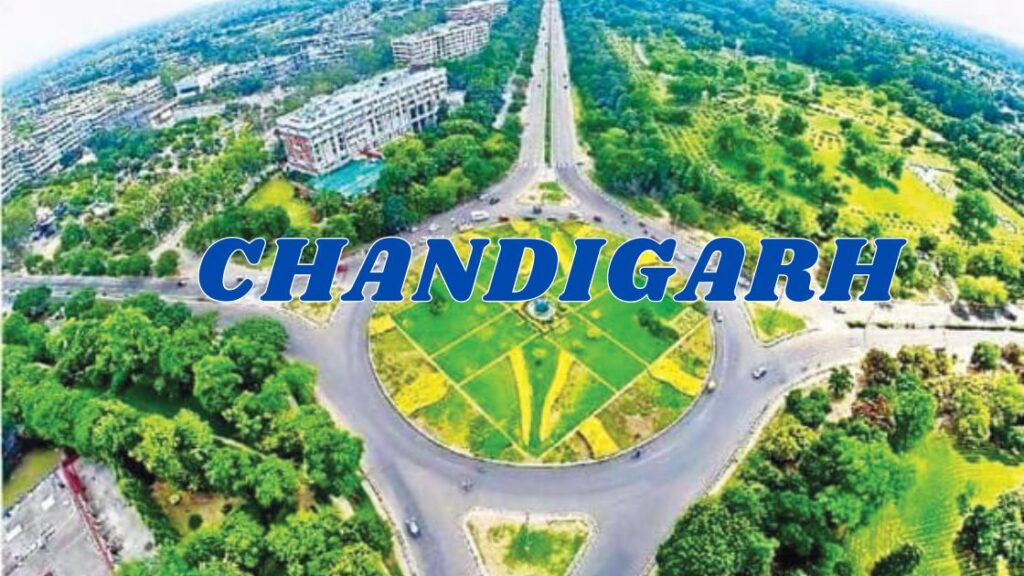Panipat, located 95 km north of Delhi and 169 km south of Chandigarh on National Highway 44 (NH-44), is one of the most historically and industrially significant cities in Haryana, India. Known for the three great battles that took place in 1526, 1556, and 1761, Panipat has played a crucial role in shaping the course of Indian history. The city is also famous for its textile industry and is often referred to as the “City of Weavers,” “Textile City,” and the “Cast-off Clothes Capital of the World.”
Panipat has been a witness to some of the most defining battles in Indian history. The three battles of Panipat were fought on its plains, leading to major shifts in power:
- First Battle (1526) – Fought between Babur and Ibrahim Lodi, this battle marked the beginning of the Mughal Empire in India.
- Second Battle (1556) – The Mughals, under Akbar, defeated Hemu, confirming their dominance over North India.
- Third Battle (1761) – This battle saw the Maratha Confederacy suffer a devastating defeat against Ahmad Shah Abdali, weakening their control over Delhi and paving the way for the British Empire in India.
Panipat is a major industrial city known for its thriving textile and recycling industries. It specializes in wool and cotton milling, saltpeter refining, and the manufacture of glass, electrical appliances, and other products. The city is especially renowned for handloom products, blankets, carpets, and home furnishings, which are exported worldwide.
Panipat – The Legendary Battlefield & Textile Powerhouse
Due to its extensive industrial activity, Panipat is also listed as one of India’s critically polluted industrial areas. As of December 2009, the Comprehensive Environment Pollution Index (CEPI) of Panipat was 59.00, compared to 88.50 of Ankle Shwar, Gujarat.
Etymology and Name Origin
The name Panipat is believed to have originated from the Hindi word “पानीपत” (Panipat), which translates to “Water Bank.” Another interpretation traces its roots to “Pandavprasth,” where “Pani” is a shortened form of “Pandav” and “Pat” refers to “Prasath”, meaning land or region. This suggests an ancient connection with the Pandavas from the Mahabharata era.
History of Panipat: A City of Battles and Transformations
Inception of Panipat District
Panipat was originally a part of Karnal district until it was carved out as a separate district on 1st November 1989. However, on 24th July 1991, it was merged back into Karnal district, only to be re-established as an independent district on 1st January 1992. The initial separation included the Assandh Tehsil, but when Panipat was merged back into Karnal, the tehsil remained with Karnal. When Panipat was again declared a separate district, Assandh Tehsil was permanently retained within Karnal.
Battles of Panipat: Defining Moments in Indian History
Panipat is known for three of the most decisive battles in Indian history, each shaping the political landscape of the Indian subcontinent.
First Battle of Panipat (1526)
Date: 21st April 1526
Opponents: Ibrahim Lodi (Sultan of Delhi) vs. Babur (Founder of the Mughal Empire)
The First Battle of Panipat was one of the earliest battles in India that featured firearms and field artillery. Despite Ibrahim Lodi’s army of 100,000 soldiers, Babur’s superior military tactics and advanced weaponry led to his victory. This battle ended the Lodi Dynasty and established the Mughal Empire in India.

Second Battle of Panipat (1556)
Date: 5th November 1556
Opponents: Akbar’s Forces vs. Hemu (Hem Chandra Vikramaditya)
Hemu, a Hindu ruler, had defeated Akbar’s Mughal forces in Agra and Delhi, declaring himself the ruler after his coronation at Purana Qila, Delhi, on 7th October 1556. However, during the Battle of Panipat, despite a strong army with 1,500 war elephants and superior artillery, Hemu was struck by an arrow in the eye, rendering him unconscious. Seeing their leader fall, his troops panicked and retreated. Bairam Khan, Akbar’s regent, captured and beheaded Hemu, solidifying Mughal rule in India.

During Akbar’s reign, Panipat was recorded in Ain-I-Akbari as a pargana (administrative unit) under the Delhi Sarkar, providing 1,000 infantry and 100 cavalries for the Mughal army. The city also had a brick fort at that time.
Third Battle of Panipat (1761)
Date: 14th January 1761
Opponents: Maratha Empire vs. Ahmad Shah Abdali (Durrani Empire)
This battle was fought between the Marathas, led by Sadashivrao Bhau, and the Afghan forces of Ahmad Shah Abdali. The Marathas had 50,000 soldiers and 120,000 pilgrims, while Abdali’s forces numbered over 100,000. The battle resulted in one of the bloodiest losses in Indian history, with the Maratha army suffering heavy casualties.

The Third Battle of Panipat significantly weakened the Maratha Empire, which had controlled Delhi before the battle. The power vacuum created by the Marathas’ defeat later allowed the British to establish their dominance in India.
Geography
Panipat is situated at a latitude of 29.39°N and a longitude of 76.97°E, with an average elevation of 219 meters (718 feet) above sea level. The city lies on the historic Grand Trunk Road (now National Highway 44), approximately 90 kilometers north of Delhi. It shares its boundaries with Karnal district to the north, Jind district to the west, and Sonipat district to the south. To the east, across the Yamuna River, it borders the state of Uttar Pradesh.
Demographics
According to the 2011 Census, Panipat district had a population of 1,202,811, comprising 646,324 males and 556,487 females. This marked an increase from the 2001 census, which recorded a population of 967,449. The district’s literacy rate improved from 69.20% in 2001 to 77.50% in 2011, with male literacy at 85.40% and female literacy at 68.20%. The sex ratio stood at 861 females per 1,000 males.
Urban areas accounted for 46.05% of the district’s population, totaling 555,085 individuals, with a sex ratio of 868 females per 1,000 males. The child sex ratio in urban regions was 849 girls per 1,000 boys. In rural areas, which comprised 53.95% of the population (650,352 individuals), the sex ratio was 860 females per 1,000 males, and the child sex ratio was 826 girls per 1,000 boys.
The district’s population density was approximately 949 people per square kilometer. Scheduled Castes and Scheduled Tribes constituted about 17.11% of the population.
Religious composition in 2011 was predominantly Hindu (83.39%), followed by Muslims (12.03%), Sikhs (4.13%), Jains (0.25%), Christians (0.05%), and others (0.14%).
Please note that these figures are based on the 2011 Census, and more recent data may be available from official sources.
Industries in Panipat
Panipat, often referred to as the “City of Weavers,” is renowned for its significant contributions to India’s textile sector. The city is a major hub for textiles and carpets, producing high-quality blankets and carpets, and boasts a well-established handloom weaving industry.
Industrial Estates
The city houses several industrial estates that cater to diverse sectors:
- Industrial Estate Panipat: Located on Refinery Road connecting National Highway 44, this estate spans 926 acres and offers comprehensive infrastructure, including roads, water and sewerage systems, a common effluent treatment plant, and a powerhouse.

- NYSA Panipat Industrial Park: Covering over 36 acres at the junction of NCR, Haryana, and Punjab, this park provides facilities for industries such as manufacturing, logistics, pharmaceuticals, hotels, and warehousing.

- Sigma Industrial Park Panipat: An upcoming project designed to offer world-class industrial facilities in a prime location, catering to the evolving needs of various industries.

Major Industries
Panipat’s industrial landscape is diverse, encompassing:
- Textiles: The city is a leading center for quality blankets and carpets in India and has a significant handloom weaving industry.
- Fertilizers: The presence of National Fertilizers Limited underscores the city’s role in fertilizer production. p
- Oil Refining: The Indian Oil Corporation’s refinery in Panipat is a major establishment, with plans to expand its capacity from 15 million Tonnes per annum (MMTPA) to 25 MMTPA by December 2025.
- Power Generation: The Panipat Thermal Power Station contributes to the region’s energy supply.
- Foundries: The Samakhya subdivision is renowned for its foundries producing agricultural instruments.
Environmental Considerations
It’s noteworthy that Panipat has been identified as a critically polluted industrial area in India. As of December 2009, the city’s Comprehensive Environment Pollution Index (CEPI) was 59.00.
In summary, Panipat’s industrial sector is diverse and dynamic, with significant contributions to textiles, fertilizers, oil refining, and power generation. The city’s well-planned industrial estates and strategic location continue to attract various industries, bolstering its economic growth.
Panipat Landmarks that reflect its rich cultural and historical heritage
Hemu’s Samadhi Sthal: This site commemorates Hemu, the last Hindu emperor of Delhi, who was defeated in the Second Battle of Panipat in 1556. After being captured and beheaded by Bairam Khan, Hemu’s body was unceremoniously treated, and his head was sent to Kabul. The memorial stands as a testament to his legacy.

Ibrahim Lodha’s Tomb: Ibrahim Lodhi, the Afghan Sultan of Delhi, was defeated by Babur in the First Battle of Panipat in 1526. His tomb, initially a simple grave, was later renovated by the British during the construction of the Grand Trunk Road. An inscription highlights his death in the battle.
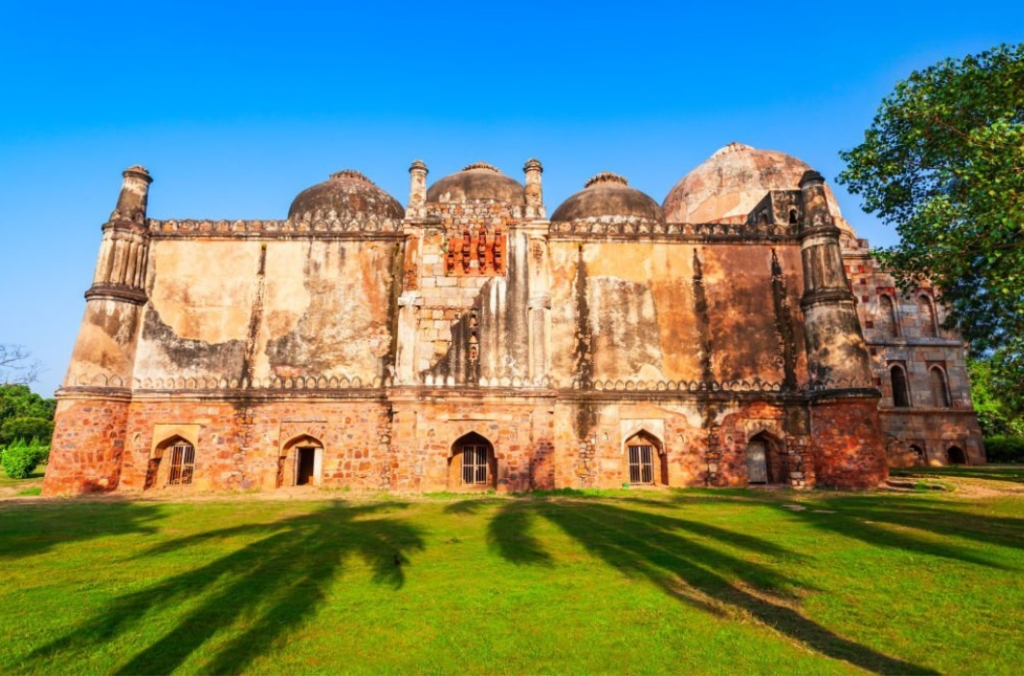
Kabuli Bagh Mosque: Built by Babur after his victory in the First Battle of Panipat, this mosque, along with its garden and tank, was named after Babur’s wife, Mussammat Kabuli Begum. Years later, Humayun added a masonry platform called ‘Chabutra Fateh Mubarak’ to commemorate his victory over Sher Shah Suri.
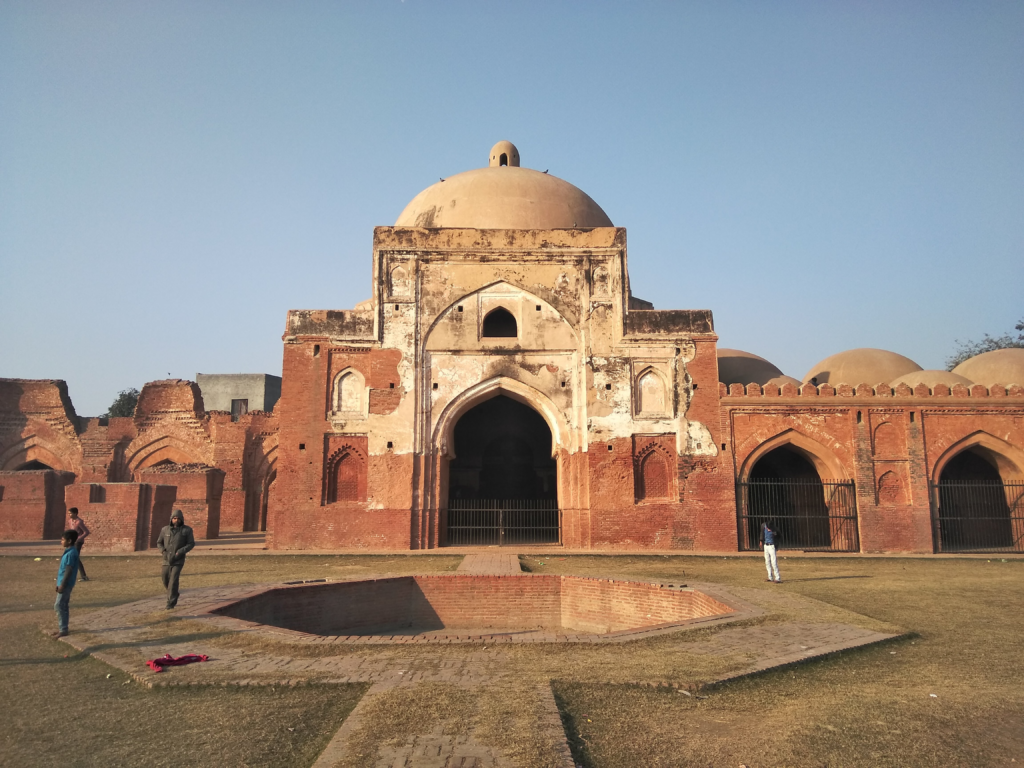
Kala Amb Memorial: Located about 8 km from Panipat, this site is believed to be where Sadashiv Rao Bhau commanded the Maratha forces during the Third Battle of Panipat in 1761. The name “Kala Amb” derives from a black mango tree that once stood there. A brick pillar and iron fence now mark the spot, and efforts have been made to develop and beautify the area.

Devi Temple: Situated in Panipat, this temple is dedicated to Goddess Durga and is a significant religious site for locals and visitors alike. The temple complex also features a large water tank, adding to its serene ambiance.

These landmarks offer a glimpse into Panipat’s historical significance and are essential visits for those interested in India’s rich past.
Panipat Syndrome: A Lesson in Strategic Failures
The term “Panipat Syndrome” has become a part of India’s military and strategic lexicon, referring to the lack of preparedness, poor strategic thinking, and indecisiveness of Indian leadership, which historically allowed invading forces to penetrate deep into Indian territory before being confronted.
Origin of the Term
The phrase was coined by Air Commodore Jasjit Singh, a renowned defense expert, to describe the repeated historical pattern observed in the three major Battles of Panipat (1526, 1556, and 1761). Each of these battles resulted in decisive defeats for the defending Indian armies, often due to a lack of long-term vision, inadequate military strategy, and internal divisions among Indian rulers.
Historical Context: The Three Battles of Panipat
- First Battle (1526) – Ibrahim Lodhi’s forces, despite having superior numbers, were unorganized and lacked tactical depth, leading to their defeat by Babur’s well-trained army, which used superior artillery and war strategy.
- Second Battle (1556) – Hemu, the last Hindu ruler of Delhi, initially had an advantage over the young Mughal Emperor Akbar, but his forces lacked cohesion, leading to a Mughal victory under Bairam Khan’s leadership.
- Third Battle (1761) – The Marathas, under Sadashivrao Bhau, marched into battle without securing their supply lines, facing a crushing defeat at the hands of Ahmad Shah Abdali. This battle resulted in one of the bloodiest massacres in Indian history.
Strategic Lessons from the Panipat Syndrome
- Failure to anticipate threats: Indian rulers failed to foresee the long-term consequences of allowing foreign invaders to advance deep into their territories.
- Lack of unity and coordination: Political fragmentation and internal conflicts weakened India’s defensive strength.
- Inadequate military tactics: The defending forces often relied on outdated warfare techniques against better-organized and technologically advanced armies.
- No long-term strategic vision: Instead of proactive defense strategies, Indian rulers often engaged in last-minute confrontations, leading to devastating consequences.
Modern Relevance
The Panipat Syndrome is frequently referenced in Indian defense policy and geopolitical discussions, emphasizing the importance of preparedness, strategic alliances, and proactive military planning to avoid repeating the mistakes of the past.
This historical pattern serves as a stark reminder that a nation’s security and sovereignty depend on its ability to anticipate threats and take decisive actions before it is too late.

